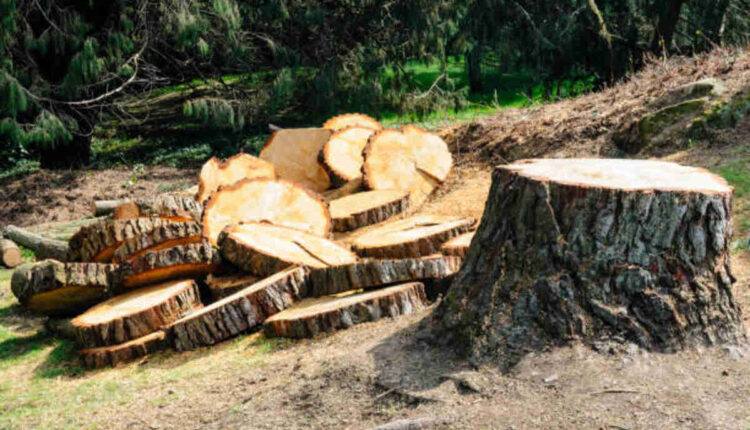Tree Pruning
Tree pruning involves the selective removal of branches or stems to enhance plant form and health. Pruning also improves airflow, and light penetration, removes dead or damaged limbs and branches as well and prevents structural damage or safety hazards; an essential maintenance practice for both mature and young trees alike. Pruning should always be performed by trained professionals with knowledge of tree biology and proper pruning practices – it should never simply be cosmetic as each cut could potentially alter how the tree develops over time – every cut must serve a purpose. That is a highly fantastic point about tree removal in saratoga ca.
The four primary types of tree pruning are crown thinning, raising, reduction, and cleaning. Their goals are all similar: creating healthy trees with strong structures for long-term growth. Crown thinning involves clearing away dense foliage in the center of a crown to improve airflow and decrease transpiration losses, while crown raising increases lower branch height to clear pedestrian and vehicular traffic as well as open views. Crown reduction should be implemented gradually over several years to prevent overstressing the canopy. Crown reduction involves decreasing the overall size of a tree for utility line clearance purposes by gradually cutting back terminal branches while encouraging primary branches to fill these roles instead.
Crown cleaning involves the removal of crossing or rubbing branches, suckers, water sprouts, and any other undesirable growth from the crown. Pruning helps prevent insect and disease issues by cutting away infested or diseased branches; storm damage prevention by cutting away weak limbs to create strong branch unions; when pruning large or heavy limbs the first cut should be made on their underside to avoid tearing off bark during pruning operations.


